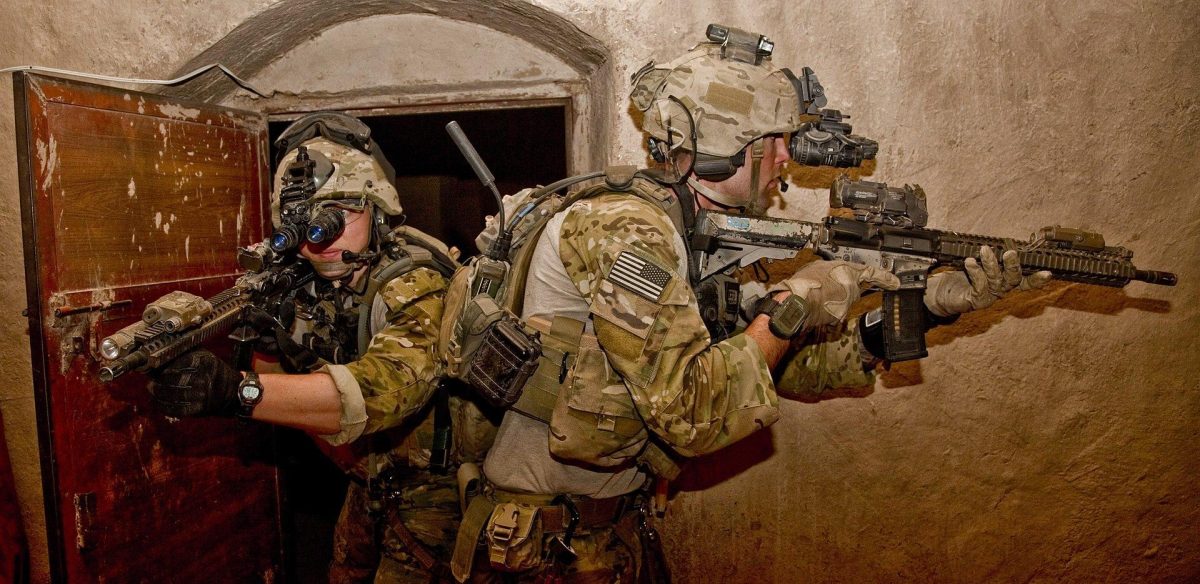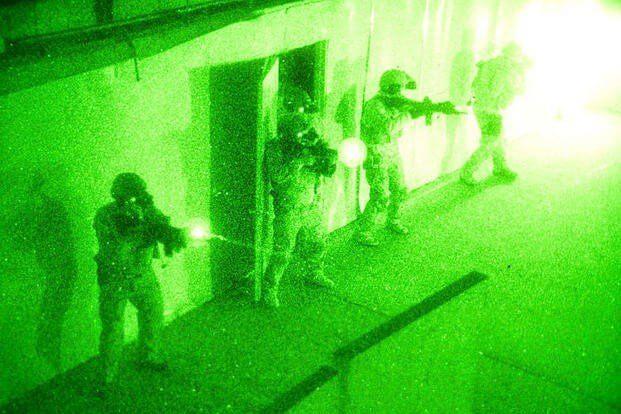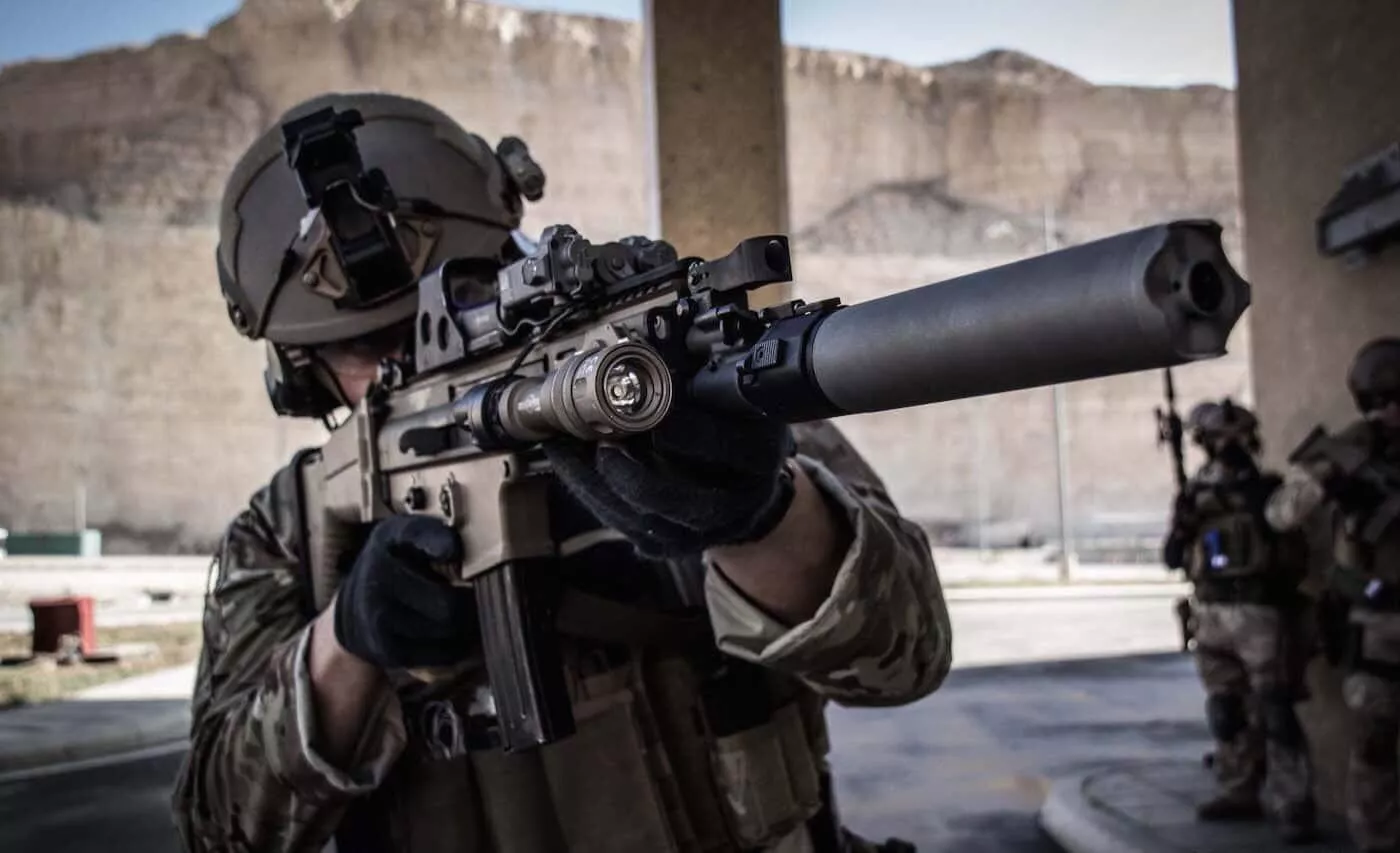Elite units often require specialized weapons and equipment to meet the specific demands of their tasks. One important aspect of this equipment is that it is designed for close combat situations. To this end, various infantry weapons are equipped with tactical accessories such as an assault grip, tactical lamp, silencer, laser target marker, and different aiming devices.
In close-quarters battle (CQB), devices that assist in aiming actions are of great importance and can significantly enhance the combat effectiveness of operatives. The first holographic sights were developed in the 1960s for the aviation industry. These sights utilized a holographic projection of the reticle, which, thanks to the stereoscopic nature of the human eye, creates the impression that it is attached to the target, allowing for precise aiming and orientation.

Holographic reticles proved to be highly practical and helpful for pilots of fighter and passenger planes at the time, and the concept was soon applied to other fields. However, the first holographic sights were not without criticism, with complaints focusing mainly on poorly visible projections due to the limitations of laser technology at the time. In addition, the first designs were larger, which often impaired the quality of observation and the visibility of the surroundings.
Holographic sights are a type of non-magnifying reflex sight that uses a transmission hologram illuminated by a diode laser (usually red or green) to create a steady and sharp image of a sighting reticle is typically represented by a thin circle with a dot in the middle. These sights do not have a specific focal length, and hologram transmission is achieved with minimal parallax.
Holographic sights are usually made of high-quality composite materials or aluminum alloy, which makes them lightweight and resistant to shock. Modern holographic sights can maintain the reticle’s image on any screen part, even when the glass is damaged or dirty. They can function in extreme temperatures ranging from -40° Celsius to +60° Celsius underwater to specific depths. The ability to adjust the intensity of the reticle brightness is essential for use in low visibility conditions.
Holographic sights are powered by batteries, allowing several hundred hours of continuous operation. To conserve battery life, many models have an automatic shutdown system that the shooter can adjust according to their needs. Shooting with holographic sights is possible in all directions and is typically done using a click system. Manufacturers claim 1-2 MOA accuracy and efficiency up to 300 or even 500 meters.

However, these distances may not be realistic in practice due to the non-magnifying nature of the aiming devices. In reality, holographic aiming devices can be expected to be effective at distances of less than 100 meters. These devices are mounted on standard Picatinny MIL-STD-1913 rails, special supports for aiming devices, on the upper side of the weapon.
Holographic sights are specifically designed for close combat because they allow the shooter to quickly and accurately engage targets with both eyes open while allowing a good overview of the environment. Compared to Red Dot sights, holographic sights use a laser to project the reticle, while red dot sights use a diode.
Red Dot sights generally have a longer battery life, lasting up to several tens of thousands of hours, while holographic sights have a shorter battery life, lasting several hundred hours. However, holographic sights offer improved accuracy and a more realistic image of the reticle. Overall, holographic sights can significantly enhance the combat effectiveness of operatives in close-quarters situations.


